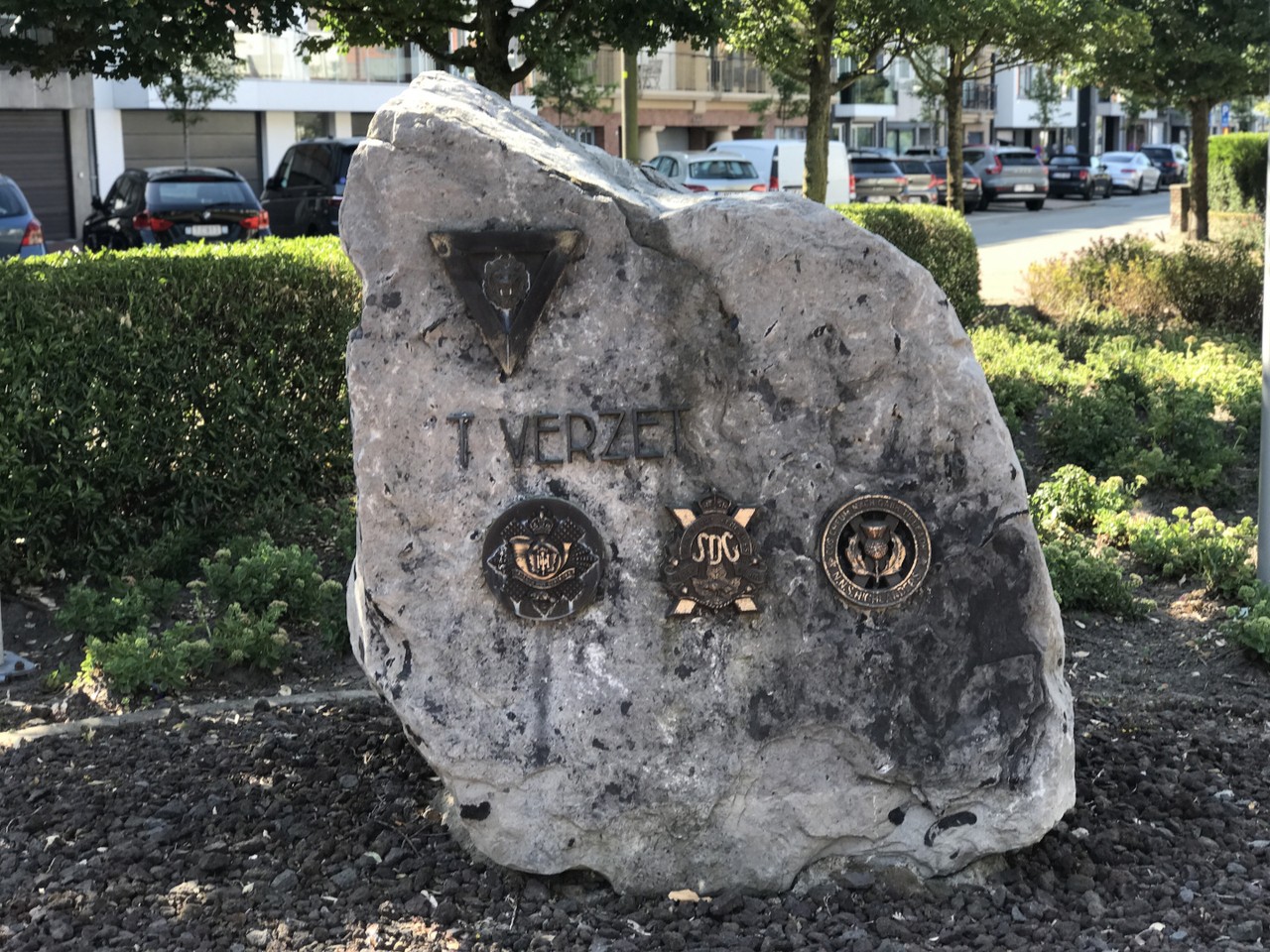The monument bears the emblems of the Secret Army and the Canadian regiments that were part of the 9th Canadian Infantry Brigade at the end of the Second World War. They liberated Knokke, Duinbergen, Heist and part of Zeebrugge under the command of Brigadier-General John M. Rockingham. The resistance also played an important role in Knokke and Duinbergen during this battle.
On 24 September 1944, the population of Heist was forced to evacuate to nearby Knokke. The German occupiers believed the Allies would continue their liberation operation from the west (i.e. Blankenberge). However, reality turned out differently.
In the early morning of 9 October 1944, a flotilla of amphibious vehicles carrying units of the 3rd Canadian Infantry Division left the already liberated Terneuzen, bound for Paulinapolder near Biervliet/Zeeuws-Vlaanderen. They succeeded in surprising the German forces, but this was only the beginning. The German troops recovered fairly quickly and it was only after weeks of fighting in very bad weather conditions that the exhausted Canadian infantrymen, backed by their British allies, reached Knokke-Heist on 1 November 1944.
The 9th Canadian Infantry Brigade, the only complete Highland Brigade in the Canadian army, consisted of three regiments, whose insignia were placed on the monument as a tribute to their bravery. These are: the Highland Infantry of Canada from Galt, Ontario; the Stormont, Dundas and Glengarry Highlanders from Cornwall, Ontario; the North Nova Scotia Highlanders from Amherst, Nova Scotia.
